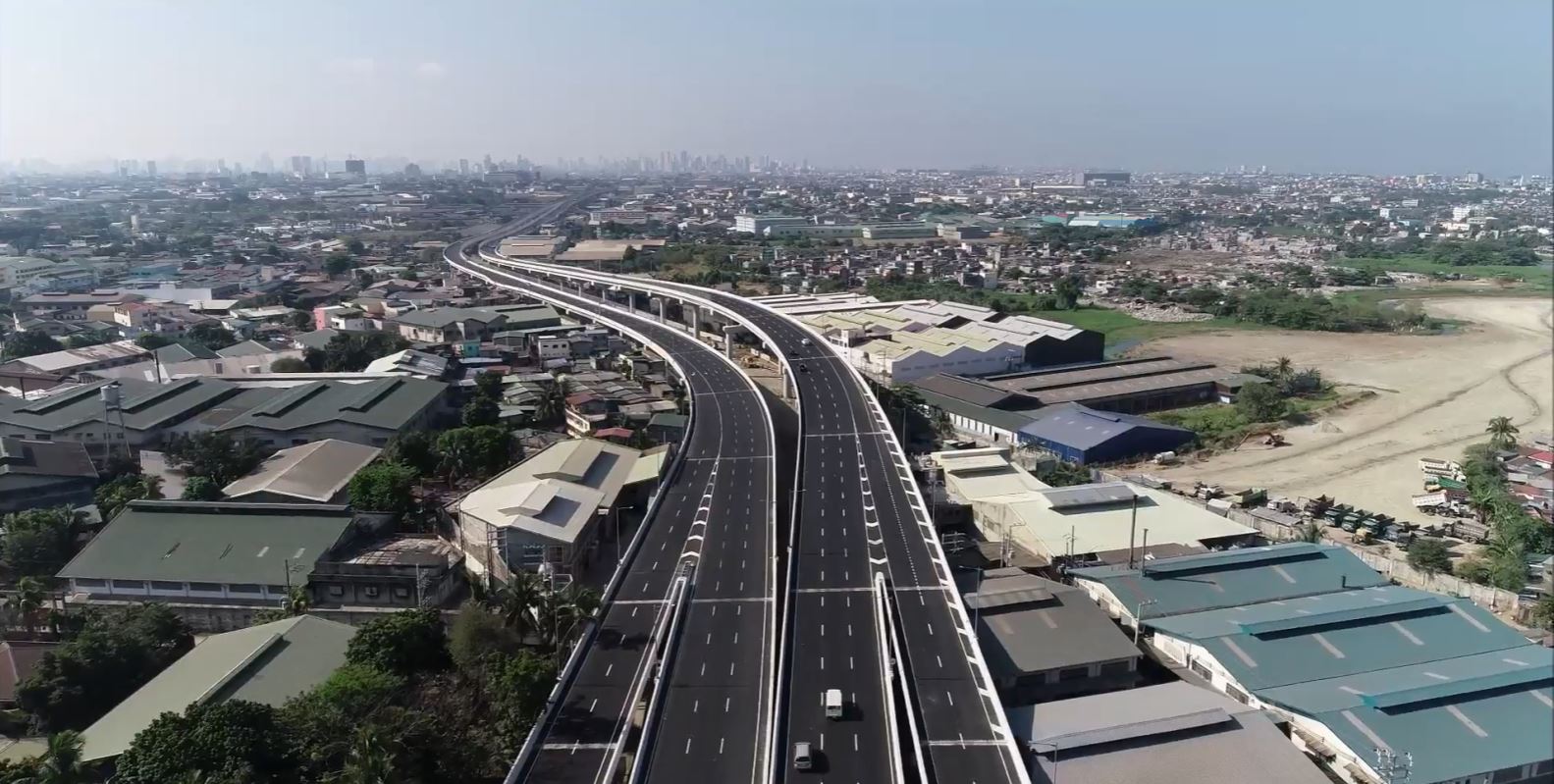
SMEC’s scope included overseeing the construction of foundations, road surfacing and the substructure and superstructure of the elevated highway. It also comprised coordinating traffic management systems, building of tall structures, and designing all associated infrastructure. A primary challenge was to reduce traffic congestion near Metro Manila without utilising existing routes via EDSA or the Balintawak Toll Plaza.
The engineering design solution involved re-designing the original viaduct configuration, reducing its width from 28m to 25.6m, and integrating two separate viaducts into one substructure support.
Engineering specialists across various disciplines collaborated to deliver the project on time and within budget. The global team developed a suite of complete redesigns and geometric amendments to suit the required reduced carriageway width. This meant amending or redesigning all associated infrastructure including tapers, ramps, bridge arrangement and cross sections, pier and deck layouts, and drainage.
Cost efficient solutions connect vital community and business hubs
SMEC has partnered with NLEX Corporation since 2010, working on various road infrastructure upgrades across the country. The redesign of NLEX Segment 10 was completed in 2020, and the elevated expressway now connects vital community and business hubs, including the critical NLEX mainline to its port.
An innovative design solution developed by SMEC, which led to two separate viaducts being integrated into one substructure support and reduced the deck slab width and several girders, resulted in an estimated savings of 20% for the client.
NLEX Segment 10 has notably impacted the people and businesses it services by helping to ease traffic in Metro Manila. It provides unencumbered access to the North Luzon Expressway without passing through the bottleneck on Epifanio Delos Santos Avenue (EDSA), improving cargo movement and significantly reducing motorists’ travel time.




